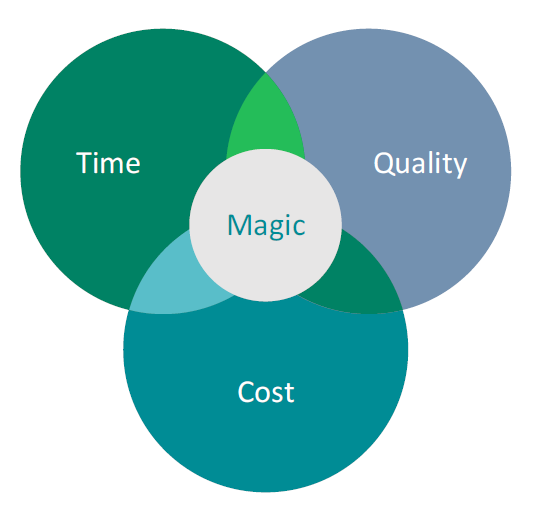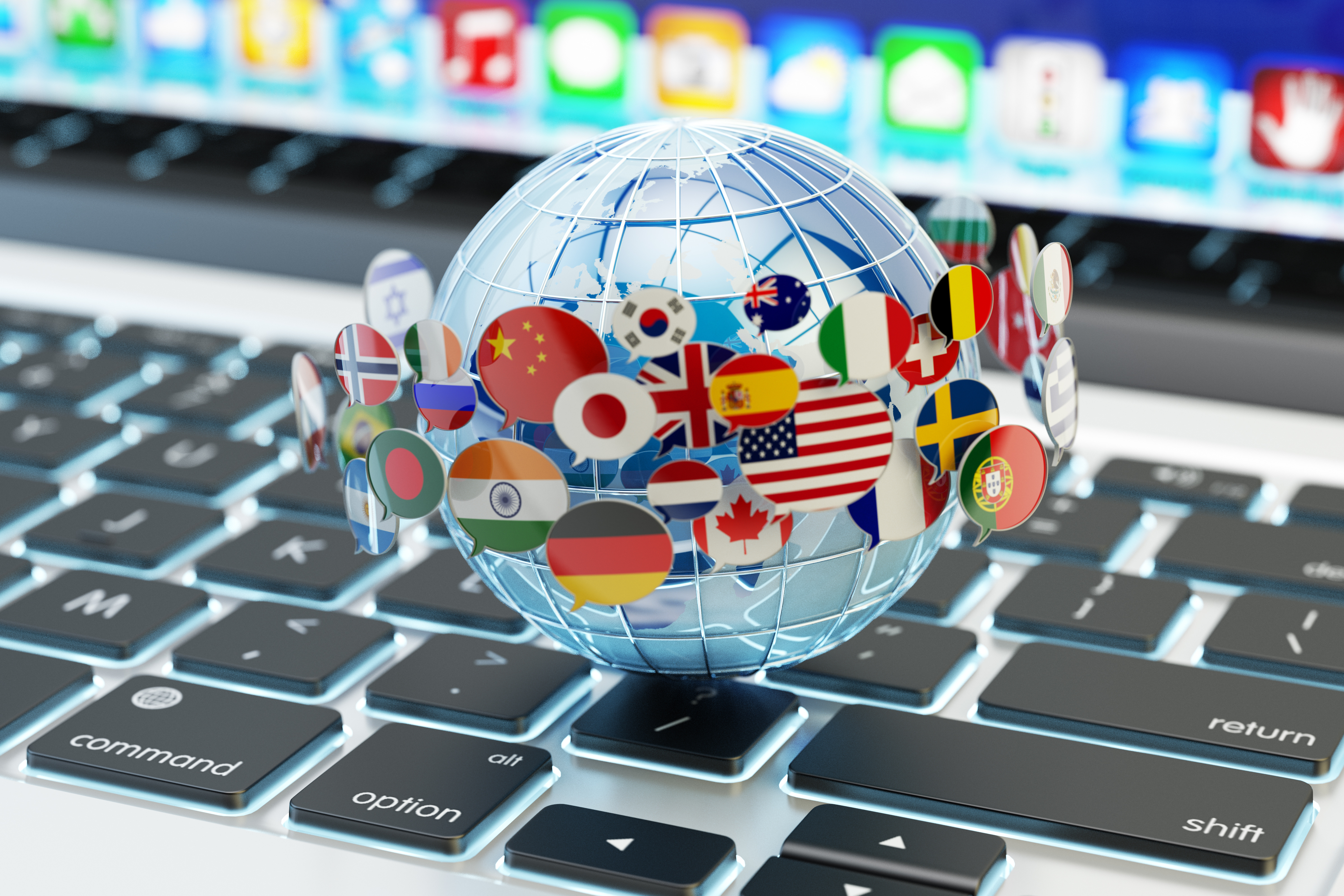Demystifying translation memories
When we purchase any service, the three key drivers are time, quality and cost. Essentially, we need the things we are buying to be of the quality we expect within the timeframe and budget we have.
The localisation industry is no exception, and its increasingly advanced technology has continued to develop over the last few years to achieve this exact goal: make multilingual content creation faster, better, and cheaper.

The most popular tool at the heart of these investments is the translation memory (TM). But what is a TM and why do you need it?
If you are planning to launch a translation project, the first thing you will want to do is quantify how much work it will require, and how you can ensure quality throughout.
There are several factors impacting such an estimate, all of high importance. Here are just a few:
- Background
- Market
- Field
The first step will involve having your content ready, and having its word count analysed. This is exactly when TMs come into play…
A brand new TM can merely calculate how many words – and possibly how many repetitions – appear in your document. However, as you keep translating in a specific language pair, the translation memory (TM) becomes a real linguistic database where text strings, both in its original and translated version, are automatically captured, paired, and hosted in a centralised space for future use.
Every time a sentence is translated, the TM will save it, so that every time a new sentence requiring translation is similar or identical to anything already stored in the TM, the word count will be weighted and result in a lower price than the normal per-word rate. How? Because TMs identify the degree of match between the source document segment and a translation memory segment under a percentage figure:
| Total Words | The total number of words in a document. |
| Repetitions | The number of words that appear again and again across one or multiple documents. |
| PerfectMatch Words | Transfer of text blocks from a bilingual file into an updated version of the source language document. |
| New Words | The number of words in a document for which no translation exists in the TM (0%). |
| Fuzzy Words | The number of words in a document for which similar translation exists in the TM (75-99%). |
| ContextMatch Words | The same sequence of segments in a document already exists in the TM. |
| 100% Matches | The number of words in a document for which the exact same translation exists in the TM. |
Having an existing layer of content will also bring several other benefits:
- Terminology and style consistency;
- Quality assurance & regular monitoring;
- Faster workaround time for content delivery, as not everything will require translation from scratch.

Over the years, we have ensured remarkable savings to all our clients, assisting them in a variety of fields, from regular marketing documentation updates to large scale website revamping or launch in a variety of markets. Eager to know how we can help you too? Get in touch for a quote today.



